With a land area of around 17 million sq.km. and about 142 million inhabitants, Russia has a very large, fast growing and quite open furniture market showing promising potential and opportunities for foreign companies operating or willing to operate there.
According to CSIL World Furniture ranking, the Russian furniture market is the 11th largest in the world (in 2002 it was 16th), and the 9th for furniture imports (in 2002 it ranked 15th).
Despite having the largest forest endowment in the world, Russia is just the 15th largest furniture producer. Although the industry has made gigantic steps towards improvement in the past decade, mainly through an increased use of imported materials, fixtures and fittings and investments in technical training, the main problem of the local furniture industry is still the lack of international competitiveness. Russian production is mainly domestic market oriented: just small shares of furniture go to foreign markets (less than 5%) and the Russian furniture industry can only partially satisfy the domestic demand, which increased significantly in recent years.
CONSUMPTION AS MAIN GROWTH DRIVER
Domestic consumption went through a very dynamic period from 2004 to 2008,with double-digit growth. Even after the severe 2009 crisis (when the market declined by -41% in US dollars) the Russian furniture market recovered again, although not reaching pre-crisis levels in absolute values. Russian furniture market jumped from around US$ 5,962 million in 2009 to US$ 9,582 million in 2012, at production prices in 2012. Domestic consumption recorded a strong growth especially in 2011 with a +35.2% increase on 2010, whereas in 2012 it grew only by +4.5%.
The recovery of the furniture sector was also a consequence of the positive economic background in Russia. The country recovered quickly from the sharp drop in GDP experienced in 2009. The economic decline bottomed out in mid- 2009 and the economy began growing in the third quarter of 2009. High oil prices buoyed Russian growth in 2011- 12 and helped reduce the budget deficit from 2008-09. Consumption was the main growth driver thanks to low unemployment, wage increases, credit expansion and government spending.
According to official data, in 2012, the number of new residential buildings reached 219,000, a +9% increase from 2010. Unemployment rates, which grew high from 2008 to 2009, decreased in the following years, reaching a record low (5.4%) in January 2013. The per capita disposal income which during the 2009 crisis declined to US$536, returned to growth reaching US$733 in 2012. Annual inflation has been slowing down continuously since 2009 and reached its lowest level in two decades. The overall inflation rate for 2012 was in the region of 6.5%.
Per capita furniture consumption in Russia, although increasing over the years, is still low when compared to the average registered by the high income countries. One decade ago a Russian inhabitant spent on furniture less than 5% of what a consumer in the high income countries did. But the share reached 20% in 2008 and 30% in 2012. Expectations are for a further growth trend in the medium-term, as living standards of Russian citizens are improving year after year and furniture consumption is growing fast, supported also by a high proportion of young consumers.
HIGHER IMPORT FLOWS FROM CHINA
The market is increasingly open to imported furniture. In the past several years, despite high protective duties on furniture imports to Russia, imported furniture grew steadily at a two digit average rate per annum, reaching US$3.4 billion in the year 2008. They contracted sharply in 2009 and recovered in the 2010-2012 period, exceeding the pre crisis level with US$3.5 billion.
Imported furniture comes mainly from Italy, which is the first supplier to Russia, satisfying mainly the high and middlehigh market range, with around a 23% share of total import flows. However, Italy’s share on total imports is declining (it was 38% in 2007) to the advantage of Chinese imports, whose quota increased from 10% in 2007 to 21% in 2012. Chinese furniture products registered impressive growth in the last five years (+24% per annum over the 2007- 2012 period) and in 2012 they almost doubled the 2008 values. The impressive growth of Chinese furniture imports is a matter of discussion among experts, as this kind of furniture competes directly with the products of most Russian producers.
WTO AND LARGE-SCALE EVENTS
The high level of competition that characterizes the Russian market as a whole is likely to increase in conjunction with the recent accession of the Russian Federation to the World Trade Organization (WTO) in 2012, after 18 years of negotiations. According to the existing agreement Russia will be given a period of transition of 6 years, during which the duties on imports of furniture will gradually decline. Among the other commitments related to Russia’s entry in the WTO, there is a greater protection of intellectual property, better cooperation in customs matters and the reduction of non-tariff barriers, that is bureaucratic constraints, consisting for example in the request to provide a series of certifications and documents attesting the conformity of imported products. This event will reduce trade barriers and will be a challenge both for Russian furniture manufacturers, which shall have to adapt to new market conditions, and for foreign players entering this rapidly developing, high potential area.
Consumers are expected to benefit from this scenario.
2013 AND 2014 FORECASTED GROWTH
These factors, together with the strengthening role of the construction industry, lead to a positive evaluation of the potential of the Russian furniture market in the coming years. The furniture market is expected to continue its recovery in 2013, which will be confirmed in 2014, supported by the building activity.The role of the construction industry is expected to reinforce in the years to come as the government aims to undertake multi-trillion rouble investments in order to modernise and expand the country’s infrastructure. An additional boost is provided by large-scale preparations for the 2014 Sochi Winter Olympics and for the 2018 FIFA games.
CSIL forecasts a +4% furniture consumption growth in real terms for 2013 and for 2014.
In terms of future prospects the Russian furniture market is even more attractive when benchmarked with the other main European markets where, according to CSIL estimates, the sales will be almost stable or slowly increasing in the near future.
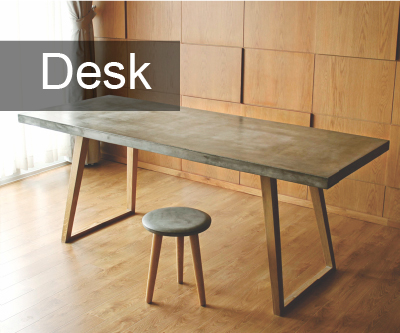

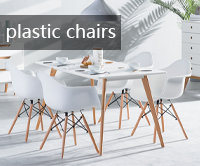

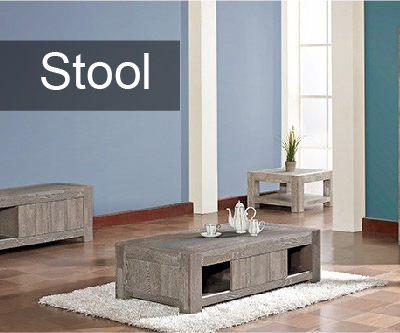


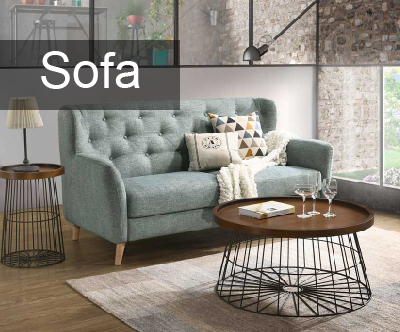

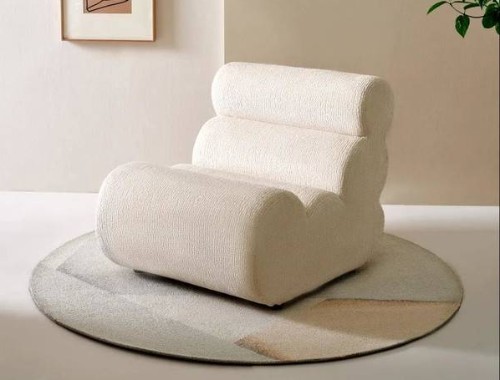
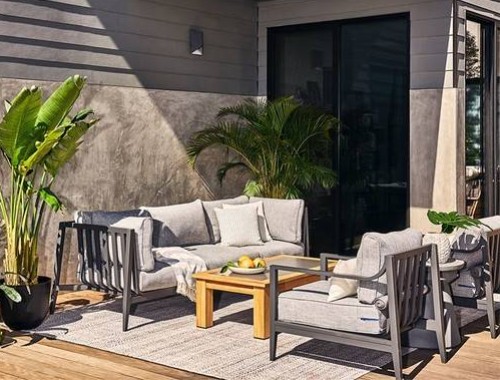

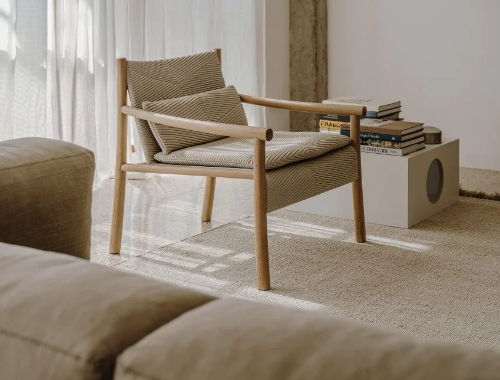













 沪公网安备31010402003309号
沪公网安备31010402003309号